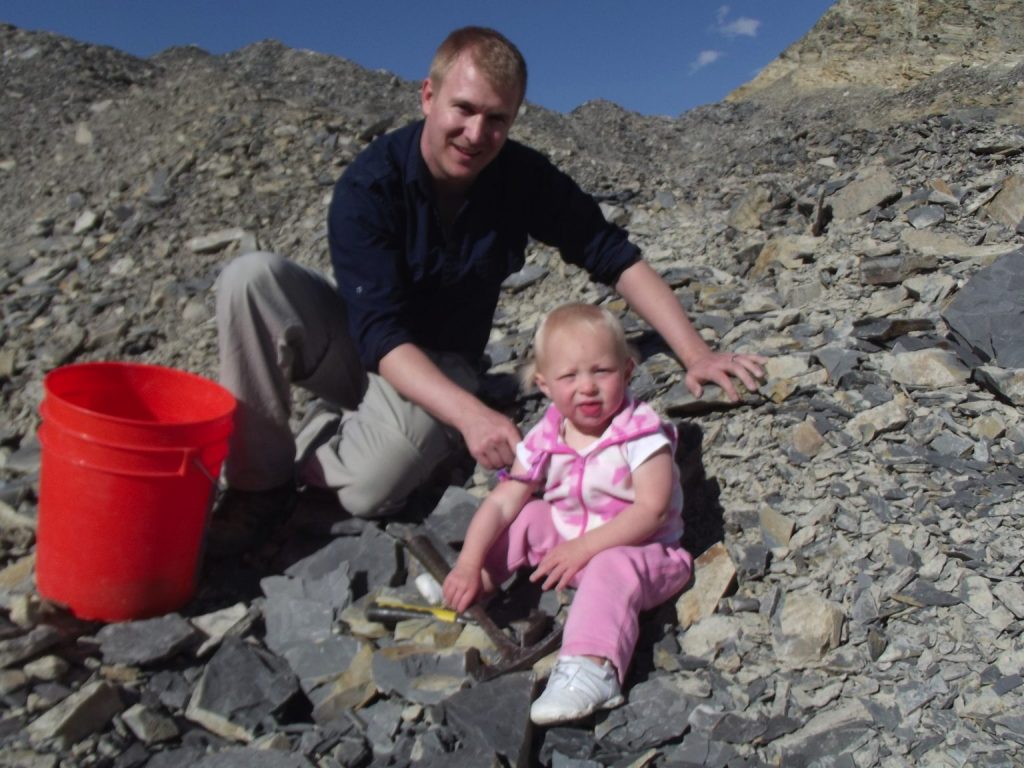Cecilia Payne

This archived article was written by: Nathaniel Woodward
Dear Bridgette,
When you look up into the night sky and see the stars, you instantly have a connection, not only to those distant suns, but to every human over the past 200,000 years. Ancient Greek philosophers stared into the same dark skies and noticed that some of the stars moved contrary to the movement of the others, they named these “Planētēs” or “Wanderers.” Like the eight wanders we have in the night sky who move contrary to the norm, I want to write about a wanderer who, despite heavy resistance, moved against what was expected and changed everything.
Cecilia Payne was born in May 1900, in England to a loving mother and a academic father. She was the top of her class and attended Cambridge University where she studied physics and chemistry. She even wandered to an island off the coast of Africa to view a solar eclipse to test Einstein’s recently published Relativity and Photo-Electric Effect Theories. However, Cambridge would not allow her to graduate because the university did not grant women degrees and would not until halfway through the 20th century. This was the second time Payne had to wander to follow her dreams.
Payne found an opportunity to study astronomy at the newly created graduate program at Harvard University in Cambridge, Mass., so she left for America to pursue her dreams. Taking interest in the stars, she wondered what they were made of, rejecting the hypothesis that they were made of the same materials that the Earth was. Beginning her doctorate work in the new program was difficult, not only struggling to be taken seriously in a field dominated by men, but also not much was known about the composition of stars. She had little academic material to build upon.
During her research, Payne came across the work done by Harvard scientists Annie Jump Canon and Henrietta Swan-Levitt who developed a classification for stars based on the type of light they emitted. It hit her like a falling apple, these lines separating the types of light or “spectral lines” not only explained how to classify a star, it showed the kind of materials being burned. As she measured, she discovered that the Sun and other stars were not made up of materials similar to Earth, but contained huge quantities of hydrogen and helium gas, a revolutionary discovery.
Payne’s research allowed her to finally stop her wandering and awarded her a much deserved doctorate degree. Her dissertation is still regarded as one of the most brilliant in the history of astronomy. The lessons one learns from her life are countless, but what proves the most powerful was her willingness to go wherever she needed, to search wherever she had to and do whatever it took to realize her dreams. Like a planet wandering across the night sky moving against the conformity of stellar rotation, you have to push through the darkness, lighting your path to discover and explore. It will be difficult, but when your wanderings come to an end, I promise it will be worth it.
-Dad




